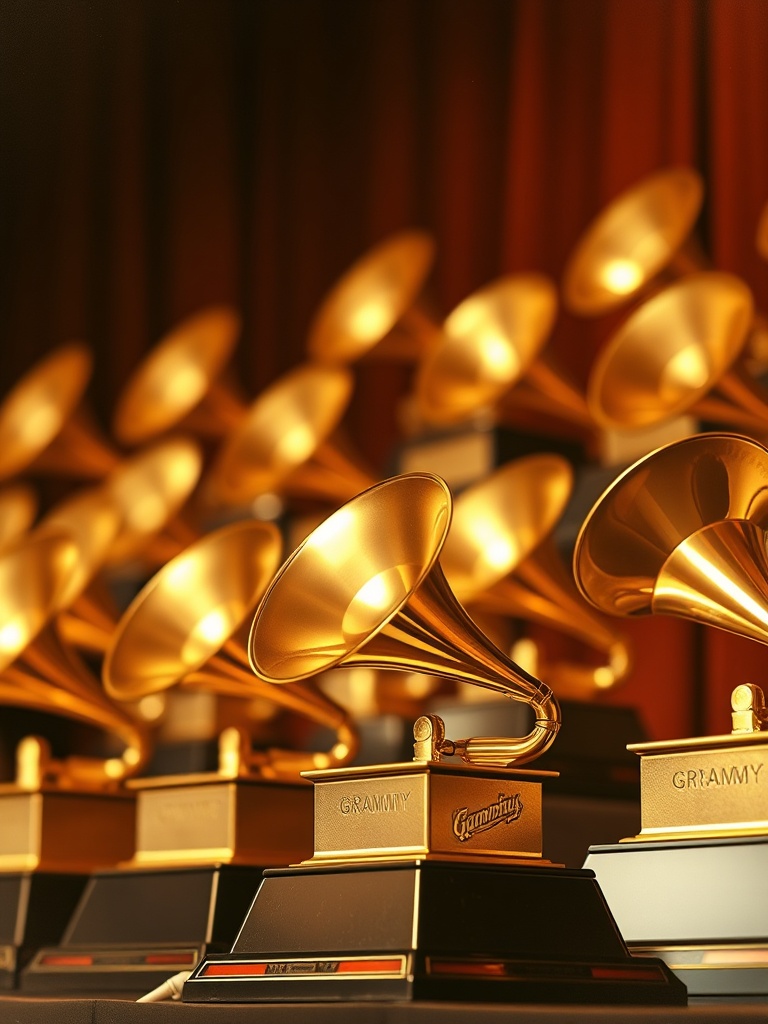Why the Grammys still matter — and how artists can navigate them
The Grammys remain one of the most visible markers of peer recognition in music, blending industry prestige with mainstream attention. As listening habits and release strategies evolve, understanding how the awards operate and how to make work eligible and competitive is essential for artists, producers, and music industry professionals.
How nominations and voting work
– Eligibility: Recordings must be released during the Recording Academy’s designated eligibility window and meet submission rules. Eligibility hinges on official release, correct metadata, and proper registration with performing right organizations and distributors.

– Submission: Eligible entries are submitted via the Academy’s online portal by artists, labels, or authorized submitters. Accurate credits, ISRCs, and artwork help ensure your submission is processed correctly.
– Screening and voting: Submitted works are screened to confirm category placement and eligibility. Voting members — professionals across genres — participate in rounds of voting to determine nominees and winners. Certain technical and specialty categories often receive additional expert review to ensure informed assessment.
– Winners and recognition: Beyond televised categories, many awards honor behind-the-scenes craft such as engineering, production, arranging, and songwriting. These recognitions are key career milestones for non-frontline contributors.
Practical tips for artists and teams
– Register everything early: Make sure songs and compositions are registered with the correct PROs, publishers, and metadata services well before submitting.
Missing registration can disqualify entries or complicate crediting.
– Use ISRCs and accurate credits: Digital distributors issue ISRCs that uniquely identify recordings. Accurate artist and contributor credits affect category placement and eligibility for craft awards.
– Choose categories wisely: Some releases fit multiple categories. Evaluate where the work shines — vocal performance, production, composition — and submit accordingly.
Consider craft categories where technical excellence may be rewarded even if commercial reach is limited.
– Prepare a professional submission: Clean audio files, complete liner credits, and clear submission notes help screening committees and voters appreciate the work quickly.
– Campaign ethically: Exposure matters, but focus on sharing your music with voting members and industry peers through listening sessions, press, and targeted outreach rather than paid or manipulative tactics. The Academy has rules to preserve fair voting.
Why the craft categories deserve attention
High-profile televised categories capture public imagination, but awards for producers, engineers, songwriters, and arrangers are often more reflective of peer esteem. These categories celebrate technical mastery and can be transformative for behind-the-scenes careers, leading to higher-profile projects and better rates.
The streaming era and genre fluidity
Streaming has reshaped how music is consumed and discovered, resulting in genre-blending releases that challenge traditional category lines. The Academy’s category definitions and screening process adapt to these trends, but it’s increasingly important for submitters to articulate the work’s stylistic intent and production context when filing.
How to stay informed
Stay updated through official Academy communications, reputable industry outlets, and professional networks. Listening to nominee playlists and attending industry events helps artists understand what resonates with peers and how categories are interpreted.
Recognition at this level still opens doors — from licensing opportunities to collaborative projects. By prioritizing accurate metadata, thoughtful category selection, and professional presentation, artists and teams increase their chances of being heard by the peers who judge the awards, while contributing to a culture that celebrates both popular impact and craft excellence.